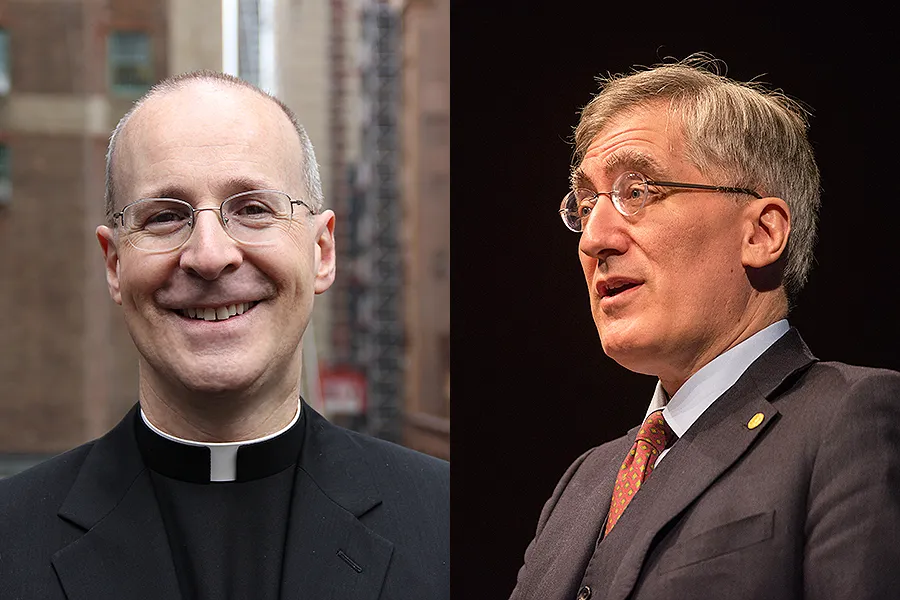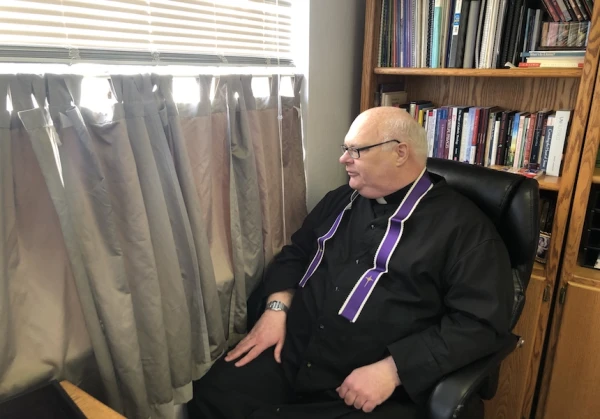
Washington D.C., Nov 6, 2019 / 02:50 am (CNA).- On October 24, CBS published a 20-minute documentary following the lives of several different groups of people in polyamorous relationships, also called consensual non-monogamous relationships. In such relationships, three or more people in a group are sexually and emotionally involved with the other members of the group.
On the same day, ABC’s Nightline aired a segment on actor Nico Tortorella, whose open marriage with Bethany Meyers is documented in Tortorella’s new book, Space Between: Explorations of Love, Sex, and Fluidity.
The week prior, Congresswoman Katie Hill was reported to have been in a “throuple,” or a threesome relationship, with her estranged husband and a female staffer. She has subsequently announced her resignation from Congress.
To read the news, it would seem that consensual non-monogamy (CNM) is prolific. An oft-cited statistic in stories about CNM claims that one in five Americans has participated in such a relationship at some point in their lives.
“There is nothing with which modern relationship journalism seems so peculiarly infatuated as non-monogamy. Call it ‘polyamory,’ ‘swinging,’ or ‘consensual non-monogamy’ —if reporting is to be believed, it's everywhere,” Charles Fain Lehman, a staff writer for Washington Free Beacon, wrote in a recent analysis for the Institute of Family Studies.
But really, Lehman argues, polyamory is not everywhere. Or it is at least not as common as most media coverage, and the ubiquitous “one in five” statistic, would make it seem.
“Where does that number come from? Essentially all of the articles point to the same source, a 2016 study in the Journal of Sex & Marital Therapy by a group of researchers at the Kinsey Institute. The abstract of the study does indeed confirm that ‘more than one in five (21.9% in Study 1; 21.2% in Study 2) participants report engaging in CNM at some point in their lifetime,’” Lehman said.
However, a closer look at the study reveals that the two surveys on which it is based rely only on information from single people – in the first study aged 21 and older, in the second study aged 18 and older. The first study surveyed people who were legally unmarried at the time, while the second study surveyed people who were either single or just casually dating.
Lehman said this means the conclusions of the survey can only apply to the single population and not to married people, even though all married people were at one time single.
“But, as decades of research have shown, married people vary systematically from their single peers. Among other factors, they are whiter, wealthier, and more religious,” Lehman noted.
“It is entirely plausible that a sample of entirely single people overrepresents a preference for polyamory—indeed, that they have not selected out of singlehood and into stable monogamy is one such indicator.”
Moreover, Lehman said he is not sure that the “one in five” statistic can even be accurately claimed for the single population, because of the phrasing of one of the questions in the survey and what may be a difference of definition.
“According to the study, ‘(a)ll participants were asked if they had ever had an open sexual relationship.’ What's an open sexual relationship? ‘An agreed-upon, sexually non-exclusive relationship,’” Lehman noted.
“This language could, of course, describe ‘swinging’ or ‘opening up.’ But it could also quite plausibly describe casual dating, in which singles knowingly date, and sleep with, multiple people at once,” Lehman said.
“Such relationships are perhaps, strictly speaking, a-traditional, but they do not meet most people's intuitive definitions of ‘polyamory,’ or even ‘open relationships’ (which connotes a degree of romantic, but not sexual, commitment—a nuance uncaptured by the question),” he added.
Even some CNM relationships would not fit this definition, if they are sexually exclusive relationships between three or more people, but are not open to others outside of the set group, Lehman wrote.
“There's at least one other reason to be suspicious of Haupert et al.'s finding,” Lehman added. “Their methodology notes that they deliberately oversampled ‘homosexual men and women.’ In fact, 15.3% of study 1 and 14.3% of study 2 respondents self-identified as LGB (lesbian, gay, or bisexual). That's substantially higher than the population-wide prevalence of LGB people, which is generally pinned at 3 to 5%.”
“Previous research cited by the paper has shown, and Haupert et al. confirm, that identifying as lesbian, gay, or bisexual is associated with a significantly higher likelihood of reporting engaging in consensual non-monogamy,” he said.
“In other words, the study substantially oversampled the very subpopulation they then find is far more likely to engage in CNM.”
Lehman said it is not explained in the study whether the researchers adjusted for this bias in the results, though he said it seems unlikely. But the frequently-cited statistic that at least 20% of all Americans have dabbled in CNM seems to be a product of sample selection instead of reality, he noted.
“As always, the reality is probably more boring. Some single people engage in non-exclusive relationships; a smaller, unmeasured share probably engage in more formal ‘polyamorous’ or ‘consensually non-monogamous’ relationships, and that share has probably risen slightly,” he wrote.
In fact, he noted, the 2018 “i-Fidelity” survey by YouGov for The Wheatley Institution at BYU found that roughly 12% of Americans had ever engaged in an “open sexual relationship,” defined as “an agreed-upon, sexually non-exclusive relationship with more than one partner.”
Millennials were more likely to have engaged in such relationships, but still at a rate of less than 20%, he added.
“Polyamory may sound fun and exotic, but most of us don't live such fun and exotic (and complicated) lives. By their 30s, most Americans (80%) are either married or single, with little evidence that ‘alternative’ structures are filling the gap for a significant share of adults. As Dr. Alan Hawkins recently put it, ‘the norm of marital monogamy is not crumbling’ after all.”
If you value the news and views Catholic World Report provides, please consider donating to support our efforts. Your contribution will help us continue to make CWR available to all readers worldwide for free, without a subscription. Thank you for your generosity!
Click here for more information on donating to CWR. Click here to sign up for our newsletter.





The person who wrote the article overlooks another fact: The sample is limited to people who would actually answer such a survey, as opposed to wrathfully and indignantly telling the surveyor to go, and stand not upon the order of his going (or at the very least to throw away the survey in disgust). The likelihood is that such people would not have been among those practicing “non-monogamy,” further skewing the sample.
“the same source, a 2016 study in the Journal of Sex & Marital Therapy by a group of researchers at the Kinsey Institute.”
The original Kinsey report is a squalid, unscientific mess; why would one trust anything coming from a “Kinsey Institute?”